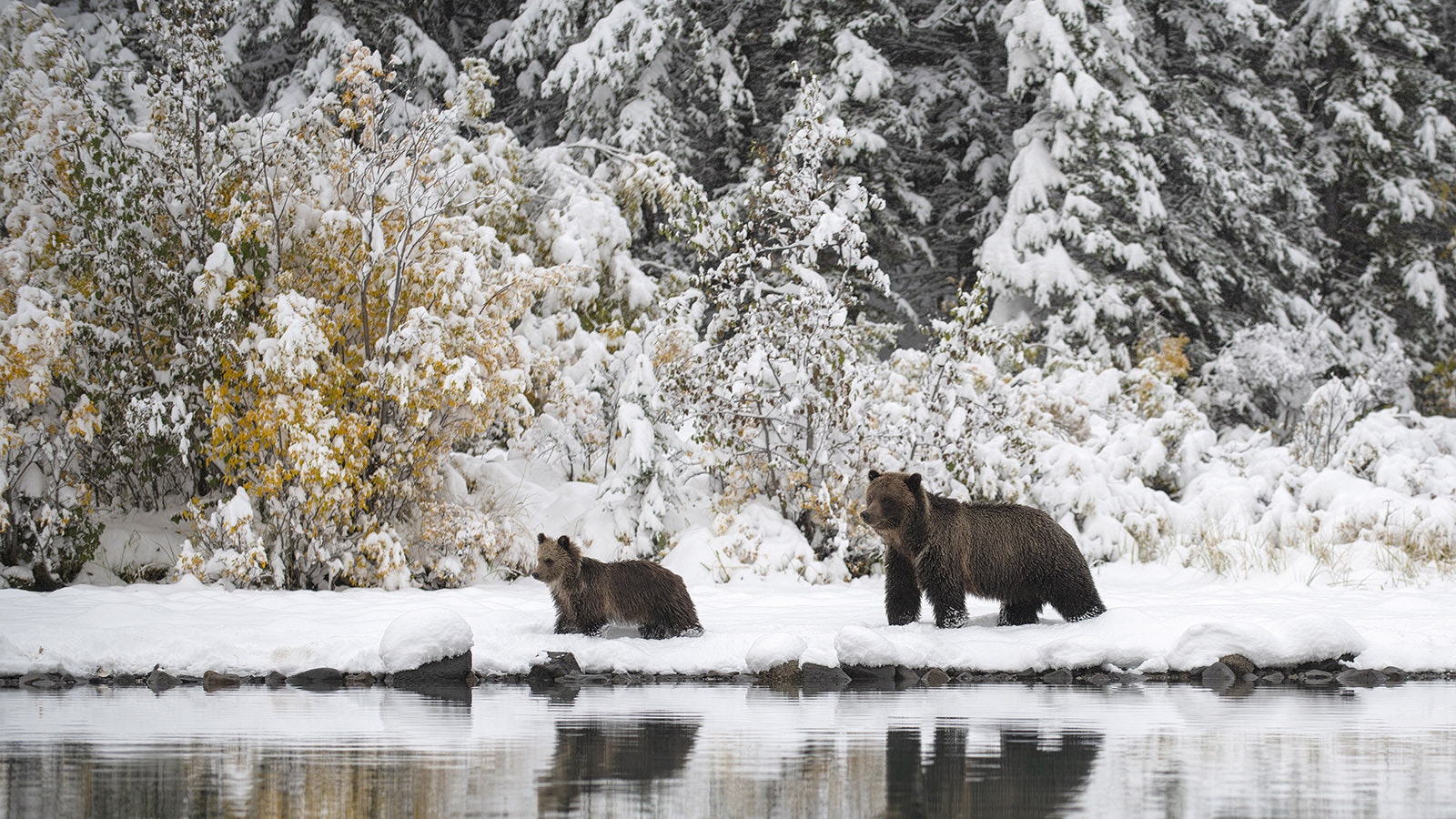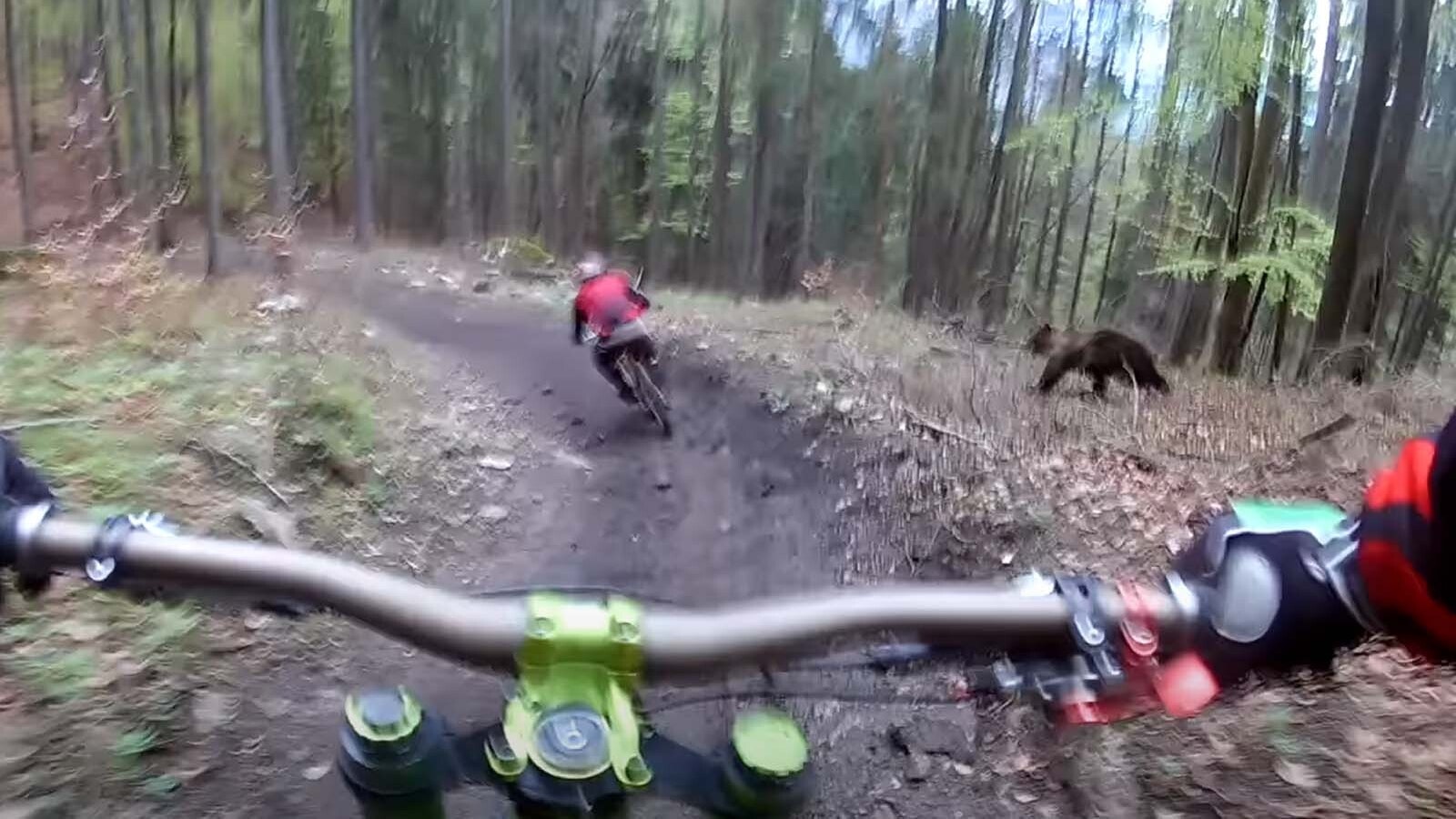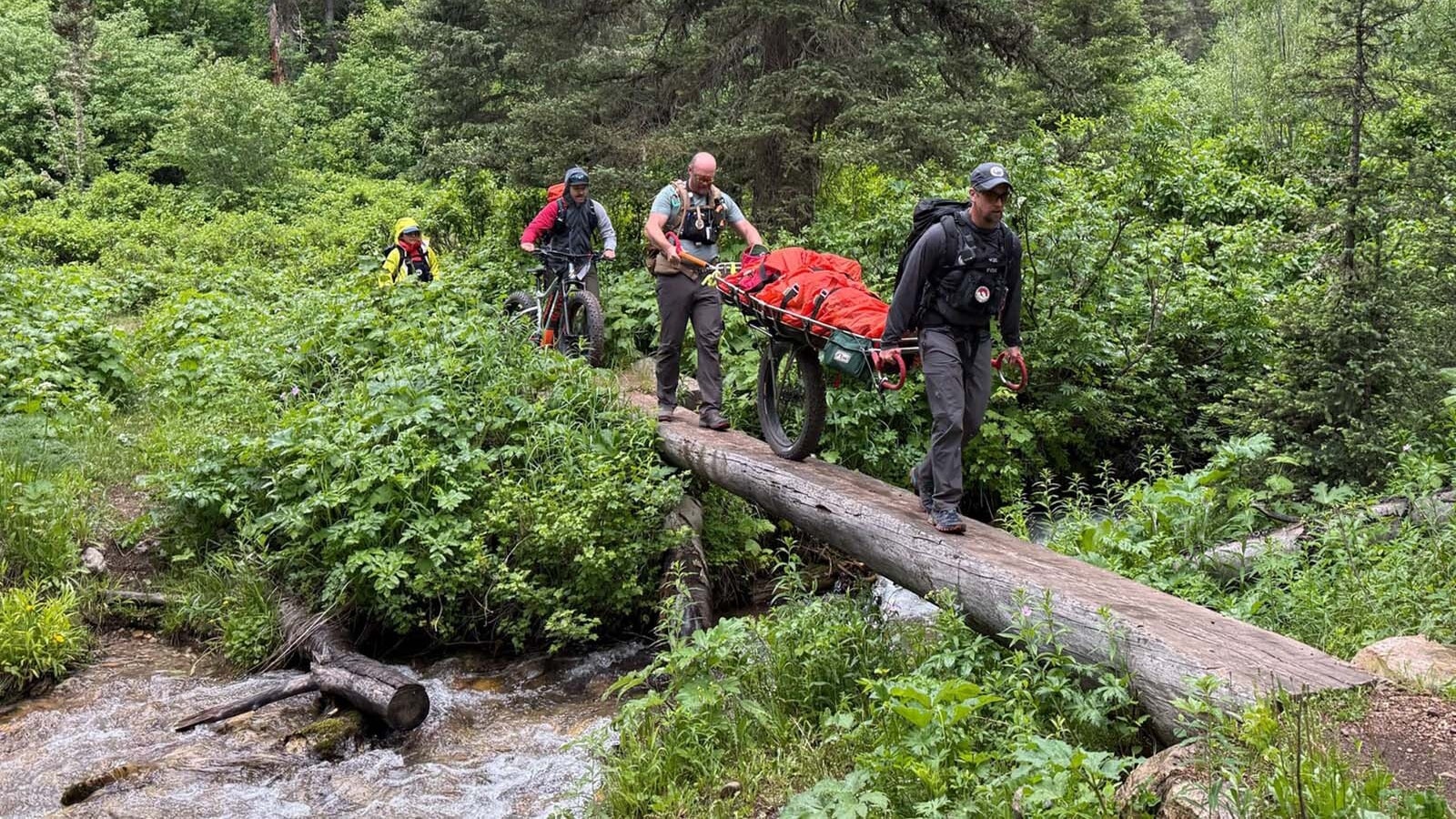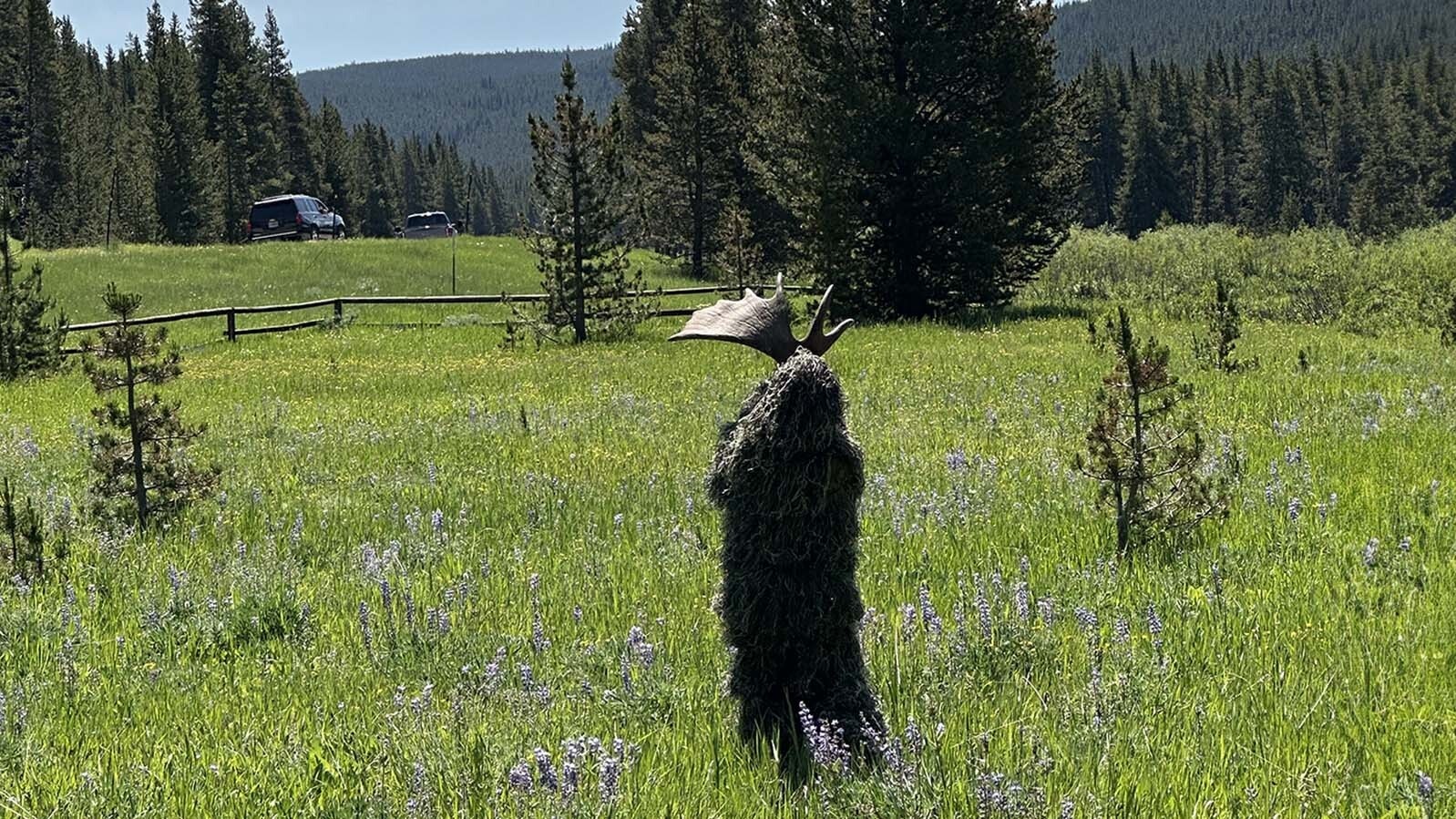As Wyoming’s grizzlies do, many of Montana’s prairie grizzles climb high into the mountains to den up and hibernate for the winter.
But a few stubborn grizzlies opt to stay in the lowlands, where they must make do by digging dens into steep riverbanks, hillsides in the badlands, or whatever other secluded spots they can find.
And beforehand, they might fatten up by gorging on cattle bones.
“They den in spots that people aren’t likely to go during the winter,” said Wesley Sarmento, a bear management specialist with Montana Fish, Wildlife and Parks.
“People will find them (the dens), typically not with a bear inside, usually during the summertime, when people start moving back into those areas,” he told Cowboy State Daily.
A 50-Mile Hike To The Mountains
Sarmento is based out of Conrad, Montana, about 60 miles north of Great Falls. It’s one area where grizzlies have been pushing ever-farther out of the mountains and onto the prairies.
Even so, once winter starts to settle in, many of the grizzlies opt to hike back into the mountains, a journey of roughly 50 miles, he said.
“Over 95 %of our bears head back up into the mountains where they can den up high,” Sarmento said.
That mirrors the habits of Wyoming grizzlies. Wyoming Game and Fish Department large carnivore specialist Dan Thompson has told Cowboy State Daily that grizzlies like to den in high, lonely places.
“Grizzlies especially tend to be in higher altitudes and away from any human activities,” he said.
For those few grizzlies that stay low in Montana, finding solitude might be more challenging, Sarmento said. But they always seem to find spots that are gnarly enough that they go undisturbed over the winter.
Once they dig their dens, grizzlies will line the entrances with vegetation for insulation. And they prefer to dig into west- or north-facing hillsides or riverbanks because those are the most likely to get covered by snow.
“That snow over the den entrance provides additional insulation for the bears,” Sarmento said.
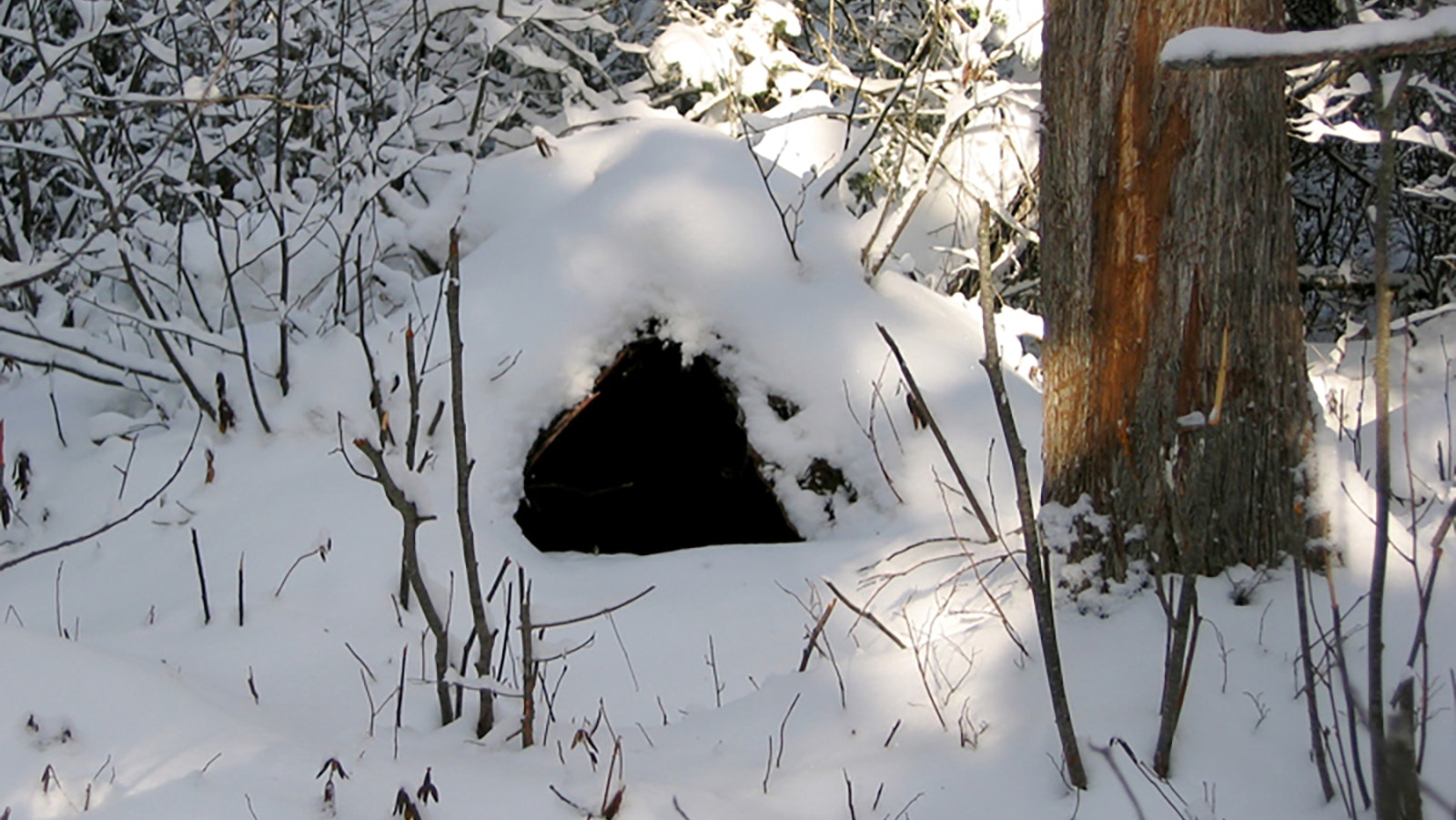
Gorging And Staying Out Late
An unusually warm November and December kept some of Wyoming’s grizzlies out late this year. Although the Cowboy State’s most famous bears, Grizzly 399 and her cub Spirit” apparently bedded down at a sensible time.
It was a similar story on Montana’s high plains, Sarmento said, adding that one grizzly, a large male, was seen out and about near Conrad as recently as last week.
However, temperatures have plunged in that part of Montana, just as they did across Wyoming, and are expected to get even colder.
“It’s supposed to get down to negative 20,” Sarmento said.
So, that male grizzly has surely denned by now, along with any others that decided to brave staying on the prairies this winter.
Wyoming’s grizzlies in the Greater Yellowstone feast on a variety of foods to fatten up for winter. But big game gut piles and other carcass parts left by hunters are their favored treats.
It’s the same around Conrad, Sarmento said. Wounded deer that escaped hunters, or the gut piles from those that didn’t, are preferred grizzly fare.
Bone piles left over from ranchers’ cattle that perished also make good meals for grizzlies, he added. Although, FWP tries to discourage leaving cattle carcasses or bones scattered about, because it could draw the bears in too close to humans.
Quiet Time
There was some conflict between grizzlies and people in the Conrad region this year, but nothing dramatic, Sarmento said.
“Our conflicts were about average, because we had a lot of young, dumb juvenile grizzlies that had just been kicked out on their own by their mothers,” he said.
The biggest concern in his area is grizzlies attacking cattle. But during the summer and fall, a bumper crop of wild berries kept most of the grizzlies away from ranches, Sarmento said.
Grizzlies are known to make rare appearances even in the dead to winter. But with icy weather settling in, Sarmento expects things to stay quiet in his area until spring.
“The big males will be the first to emerge, as early as March, particularly if it’s mild,” he said. “Then we’ll see a bigger push of bears coming out of the mountains in April, and then in May we’ll start seeing the females with cubs coming down.”
Mark Heinz can be reached at mark@cowboystatedaily.com.

